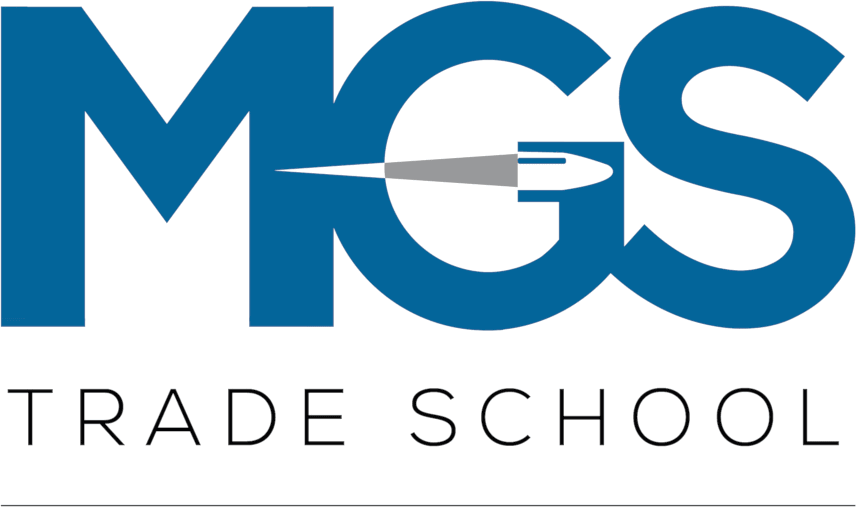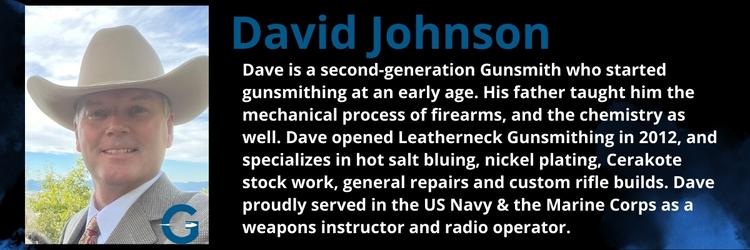Competitive Shooting Sports: An Introduction
In this month’s discussion I will introduce you to the world of shooting sports. Firearm shooting competitions have been around as long as firearms have been in existence. In the United States, in the late 1700’s “Turkey Shoots” were organized to test the abilities of the local population. The prize, if you won, was the turkey. Turkey shoots are still happening today.
Times have changed and now we spare the bird but there are other prizes. Long range shooting started in the late 1700’s as well. The Gunsmith’s of the day helped make those events more competitive. Gunsmiths created the percussion cap and other modifications that made the rifles more accurate. The birth of shotguns and handguns also ushered in more shooting events to test the skills of the marksman and the firearm.
Shooting sports have grown so much that they have been part of the Olympics since 1896. I am going to briefly touch on some of the more popular competitive series out there.
Rifle
There are multiple types of rifle shooting competitions. You can shoot at steel targets or paper targets. Ranges to your targets can be as close as 25 yards and reach out past 1500 yards. You can shoot everything from a pellet gun to a large caliber rifle. A little research can help you find exactly what you are interested in and where to compete.
National Rifle Association (NRA) – The NRA is by far the largest competitive shooting organization. They offer a wide variety events locally as well as nationally. They do over 11,000 events every year. They have special events set aside for Law Enforcement, military, and children. You can visit their website to find out what is going on in your area.
Precision Rifle Series (PRS) – The Precision Rifle Series is set up regionally and has regional shooting events. This series really tests your ability as a marksman. You will have multiple stages and each stage has its own variables that you must navigate through. This shooting event requires you to quickly change shooting positions as well shooting distances in a timed competition.
Some of these events will draw a lot of competitors and usually have some big-name sponsors. I have shot in this series, it is fun, it tests your abilities to the max and requires a lot of practice.
Civilian Marksmanship Program – The CMP is also a very large program and hosts events all over the country. They have competitions using air rifles, small caliber rifles, military style rifles, and long-range rifles. They are set up regionally the PRS and NRA. The CMP does a lot with the youth as well.
There are many more that you can investigate. Check with your local gun shops, Smiths or big box outdoor stores to see what is out there. Organizations like the 4H, American Legion and Isaac Walton have events year-round.
Shotgun
Shotgun competitive shooting can be some of the most challenging and rewarding of all the shooting sports. Shooting trap, skeet and sporting clays all simulate “taking” a bird or small game animal. Anticipating where the target is coming from, at what angle, and at different speeds adds to the challenge. The National Shooting Sports Federation lays out a good explanation of each type on their web page.
National Sporting Clay Association (NSCA) – The NSCA has over 600 clubs across the US. Some of those clubs offer year round shooting and also offer competitive shotgun shooting instruction. Once you hone your skills at your local club you can compete at the state, regional, national and even the world level. The NSCA even has some instructional videos on YouTube.
Shoot United – This organization is as large as the NSCA and will be just as competitive. You could have the opportunity to shoot locally as well as nationally. Colleges and Universities also compete at this level.
Pistol
If you want to shoot competitively with a pistol, competitions are easy to find. Most local pistol ranges will host events to see who the best shooter is in the area, or you can compete at a higher level. Pistol events happen year-round and a lot of them are conducted indoors so the weather is not a factor. Calibers shot begin with pellet pistols and go up from there. You could be shooting at paper targets, steel, or even interactive moving targets.
National Rifle Association (NRA) – The NRA hosts events locally as well as nationally. Their events range from high power air pistol to silhouette shooting to precision pistol. I recommend reviewing what the NRA offers in your area and go watch an event or two to see if it is something you would be interested in.
International Defensive Pistol Association (IDPA) – The IDPA simulates real world firearm situations and translates them into a competitive shooting experience. You can use your everyday carry (EDC) weapon and gear with this level of competition. The IDPA has grown by leaps and bounds since it came into existence in the late 1990’s. It has gained popularity because it is face paced and the challenges are always changing.
3-Gun
Three Gun is rather new to the shooting sports. Three Gun is like the IDPA that I spoke about above, but you carry a pistol, rifle, and a shotgun through the course. A series of targets need to be engaged with one of the three weapons you are carrying. The course looks like a scene from a war movie, with shot up cars, tires, and debris laying everywhere. This Field and Stream article gives a more in depth description of 3-Gun and what to expect.
In Conclusion
Finding a place to competitive shoot in the United States is not very hard to find. A quick Google search could find multiple opportunities in your area. I would recommend that you go to a match and see what they are all about. Most of the matches are open to the public and the people that are competing are very approachable and are willing to answer questions. Most of them are not the countries elite shooters with big name sponsors.
They are regular folks that you see every day. When you start out, you don’t need the best products out there for whatever level of shooting you are doing. Go with what you have, find out what works best for you. You can see what works best for other people that have been shooting longer than you. Ask the other shooters questions about their gear, ammo, firearm choice or the gunsmith that does their work.
Hands-on research like this will help you determine if competitive shooting is really for you or not. Competitive shooting is not for the faint at heart. It takes hours and hours of practice. You need to practice not only at the range but even at home doing dry fire drills. Competitive shooting sports are expensive.
Depending on what type of shooting you plan to do determines your investment in the proper firearms and shooting accessories. One of the two most important components of competitive shooting is ammo. Currently, buying ammo is not as easy as it was three or four years ago. Some ammo costs have tripled in the last ten years.
Reloading components are even more scarce than ammo. I don’t say this to scare you it’s just the reality of our times. Lastly, competitive shooting can be very rewarding, and a good way to meet people that have your same interests. All the jersey wearing (professionally sponsored) shooters started out like everyone else. They wanted to shoot competitively, they started with the basic gear, they practiced all the time, and they shot in every event they could.
Best of luck, happy shooting.
Semper Fi!
Written by: David Johnson, Leatherneck Gunsmithing


